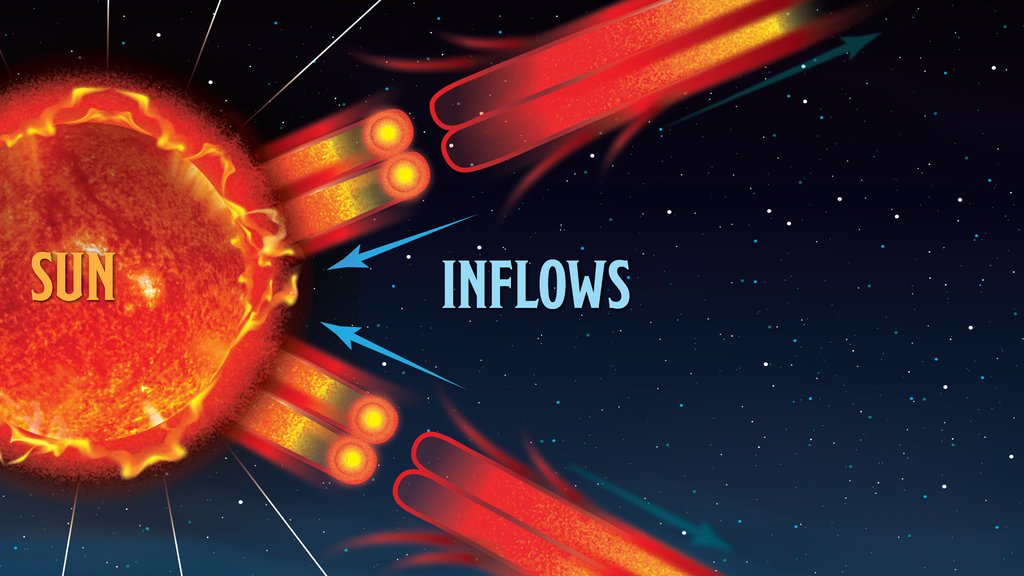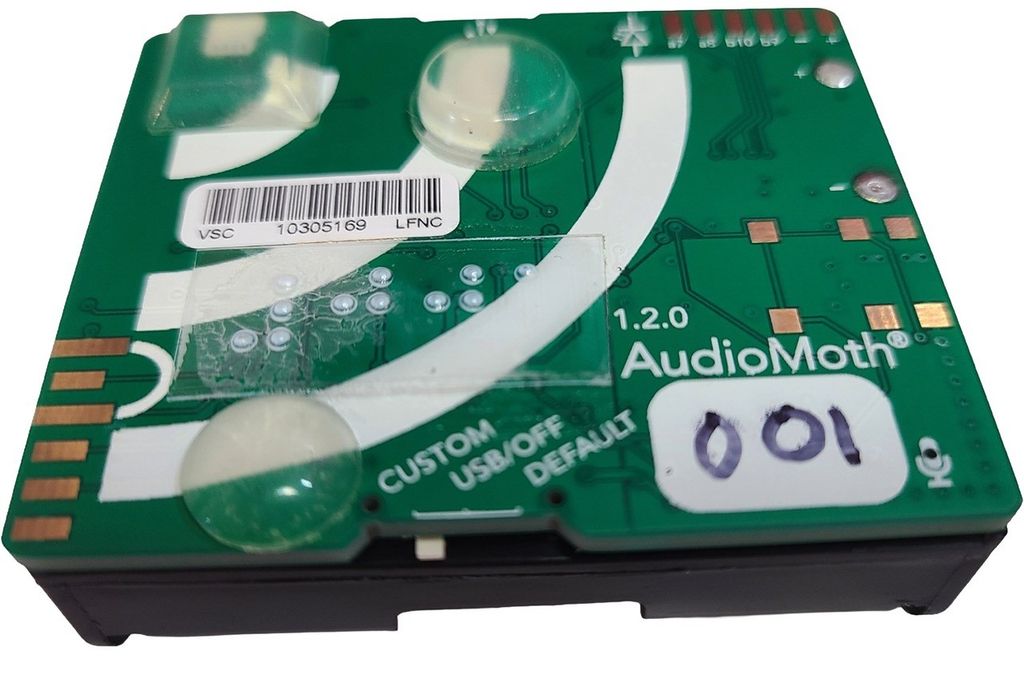UPDATE AS OF DEC. 13, 2024 Shortly after 11:30 p.m. EST, Thursday Dec. 12, NASA’s Lucy spacecraft resumed communications with Earth following the short, planned communication blackout that occurred in the hours around closest approach during its second Earth gravity assist. NASA’s CARA (Conjunction Assessment Risk Analysis) operators determined that no spacecraft maneuvers were necessary …
































